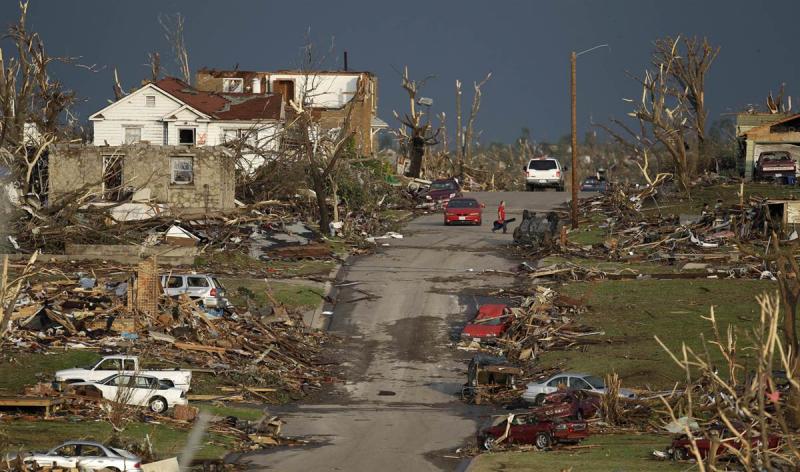

Studies of treefall patterns and vegetation scour have helped to improve estimates tornado intensity and near-ground wind ( Fujita, 1989 Bech et al., 2009 Beck and Dotzek, 2010 Karstens et al., 2013 Wakimoto et al., 2016). However, damage investigations in rural areas (where structures are infrequent) are challenging due to the lack of damage indicators. In this approach, the detection of tornado tracks in sparsely populated areas (i.e., based on damage signatures rather than direct observation by tornado spotters) is critical to the establishment of accurate tornado climatologies and occurrence intervals. A heightened understanding of tornado frequency and intensity is also necessary to establish climatologies to create risk-based engineering design philosophies and insurance underwriting. Improved understanding of tornado wind speeds and tornado-induced loads on structures is primarily reliant on the study of actual tornado damage ( Kikitsu and Sarkar, 2015 Huang et al., 2016). As a result, in the absence of direct wind speed measurements, the detailed study of tornado effects on the natural and built environments has necessarily become essential for gaining critical insight into estimated tornado wind speeds, occurrence and geographical distribution, and tornado-structure interactions. Direct measurement of tornado winds are further complicated by the inability of radar systems (including mobile systems) to measure the tornado winds near the ground surface, the location that most often impacts the built environment ( Wurman et al., 2013 Lombardo et al., 2015a LaDue et al., 2017). Tragically, this has resulted in several injuries and deaths of experienced storm chasers in the pursuit of direct observations and measurements of tornadoes ( Wurman et al., 2014). Direct measurements of tornado winds are extremely rare, difficult, and dangerous to obtain, largely due to the damaging and unpredictable nature of tornadoes and limitations on predicting tornado occurrences and paths ( Fleming et al., 2013 Karstens et al., 2013 Kosiba and Wurman, 2013). Although they are known to produce some of the strongest winds on earth, a sufficient understanding of the magnitude, frequency, and velocity structure of tornado winds continues to elude researchers ( Edwards et al., 2013). Tornadoes are the most violent of all atmospheric storms and rank among the most destructive and feared of natural hazards. This paper examines the use of remote sensing technologies at four scales in recent tornado investigations, demonstrating the challenges of data collection and processing at each level as well as the utility of the information gleaned from each level in advancing the understanding of tornado effects. Each spatial resolution contains a unique set of challenges for efficiency, ease, and cost of data acquisition and dissemination, as well as contributions to the body of knowledge that help engineers and atmospheric scientists better understand tornado wind speeds. Current remote-sensing technologies enable wind-engineering researchers to examine tornado effects on the built environment at various spatial scales ranging from the overall path to the neighborhood, building, and ultimately member and/or connection level. Remote-sensing technologies including satellite, aerial, lidar, and photogrammetric platforms, have demonstrated an ever-increasing efficiency for collecting, storing, organizing, and communicating tornado hazards information at a multitude of geospatial scales. Direct measurements of tornado winds are rare and nearly impossible to acquire, and the pursuit of in situ wind measurements can be precarious, dangerous, and even necessitating the development of safer and more reliable means to understand tornado actions.


Currently, sufficient understanding of the magnitude, frequency, and velocity structure of tornado winds remain elusive.

To achieve risk-based engineered structural designs that provide safety for life and property from tornadoes, sufficient knowledge of tornado wind speeds and wind flow characteristics is needed. 3Department of Civil Engineering, University of Nebraska–Lincoln, Lincoln, NE, United States.2Insurance Institute for Business and Home Safety, Richburg, SC, United States.1School of Engineering, Computer Science, and Mathematics, West Texas A&M University, Canyon, TX, United States.


 0 kommentar(er)
0 kommentar(er)
